Will the Carry On Baggage Bubble Burst in 2026?
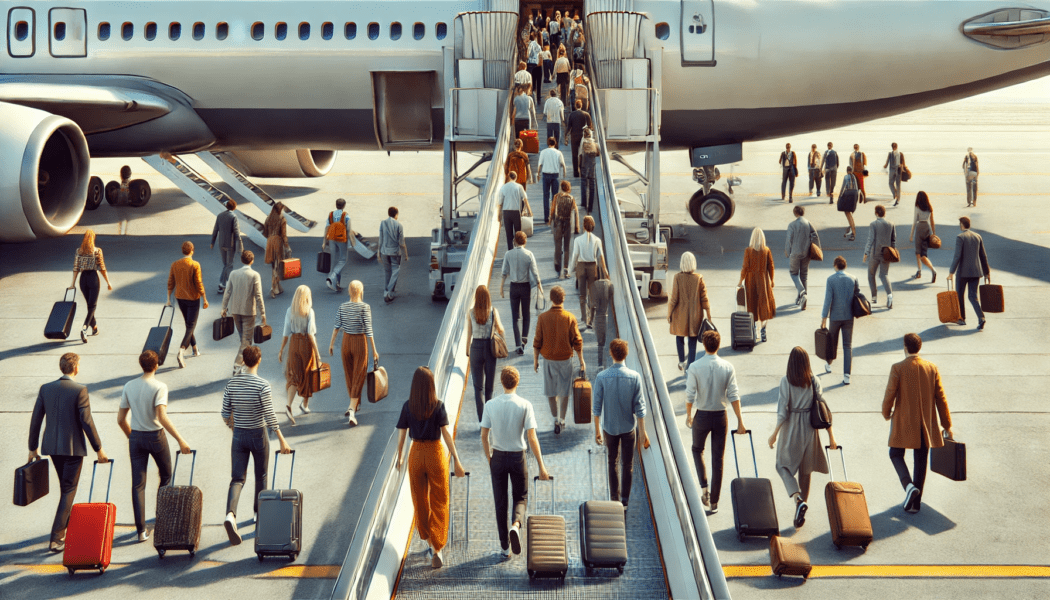
Will the Carry-On Baggage Bubble Burst in 2026?
The carry-on baggage bubble is a growing concern in the travel industry, highlighting the increasing reliance of travelers on carry-on luggage to avoid checked baggage fees.
This trend has led to overcrowded overhead bins and longer boarding times, creating challenges for airlines and passengers.
As the issue persists, there is rising speculation about whether this carry-on baggage bubble will burst in 2026. In this article, we delve into this phenomenon and examine potential solutions.
The Rise of the Carry-On Baggage Bubble
The concept of the carry-on baggage bubble emerged as airlines started unbundling services post-2008 financial crisis, charging separately for checked baggage.
This shift led many travelers to opt for carry-on luggage to save costs. As a result, the volume of carry-on baggage has increased significantly, straining overhead bin space and complicating boarding processes .
The carry-on baggage bubble isn’t just a result of travelers’ cost-saving measures. Many passengers prefer carrying their luggage on board to avoid the hassle and time associated with baggage claim areas.
The convenience of having immediate access to one’s belongings upon landing has contributed to the carry-on baggage bubble growing over the years.
Tours of Spain
Discover the vibrant culture, stunning landscapes, and rich history of Spain. From Costa Brava’s beaches to Madrid and Barcelona’s art and architecture, Spain offers endless adventures. Explore the best of Spain with expert-guided tours at Tours of Spain.

Why the Carry-On Baggage Bubble is About to Pop
Several factors suggest that the carry-on baggage bubble is about to pop.
Firstly, airlines are considering stricter regulations on carry-on sizes and the number of bags allowed. This change aims to alleviate the logistical challenges caused by over-reliance on carry-ons.
Additionally, newer aircraft designs are attempting to maximize bin space, but even these improvements may not suffice if the trend continues.
As the carry-on bubble is about to pop, airlines face economic pressures. Turning flights around quickly is crucial for maintaining schedules and reducing costs.
The time lost in managing excessive carry-on luggage directly impacts flight schedules and increases operational costs.
Economic and Practical Pressures
The financial incentives for airlines to maintain baggage fees are substantial, with nearly $30 billion generated annually from these charges.
However, the inefficiencies caused by lengthy boarding times and the need to reallocate bin space are prompting airlines to reconsider their policies.
The carry-on baggage bubble is about to pop as the industry seeks to balance revenue generation with operational efficiency.
Airlines are also exploring the psychological and behavioral aspects of the carry-on baggage bubble.
Understanding why passengers prefer carry-ons despite the challenges helps craft policies that effectively manage the situation without causing significant customer dissatisfaction.
Tours of Portugal
Experience the charm of Portugal, from the historic streets of Lisbon to the stunning Algarve coastline. With its rich culture, delicious cuisine, and scenic beauty, Portugal promises an unforgettable adventure. Explore more with expert-guided tours at Tours of Portugal.
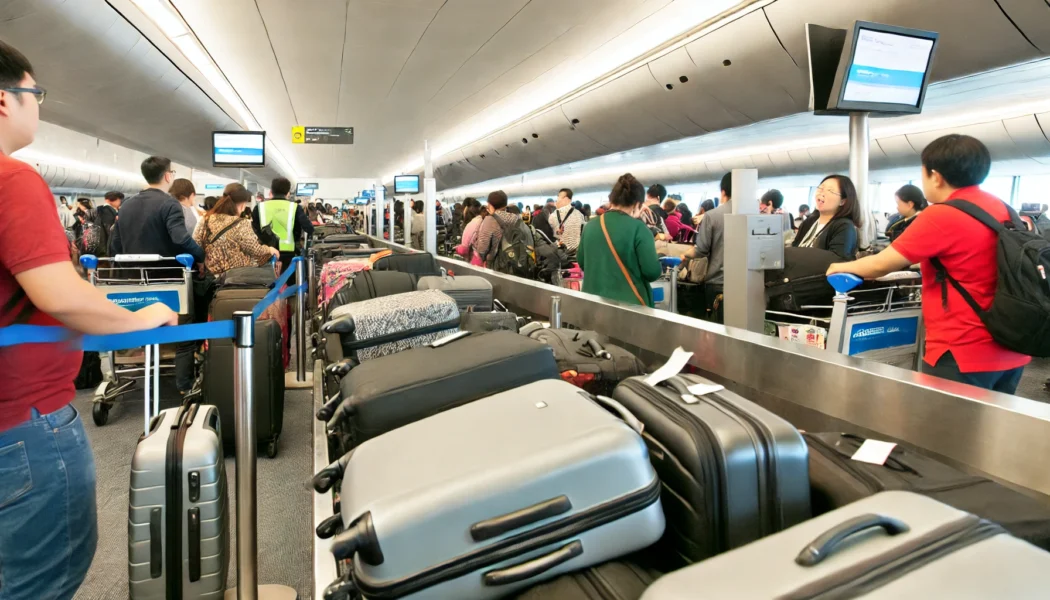
Expert Insights on the Carry-On Baggage Crisis
I interviewed Tim Borchers, the Travel Editor of theflightguy.com, to hear his expert advice about the carry-on baggage crisis.
For over ten years, he has been a regular weekly domestic and bi-monthly international flyer. Hey says airlines face a significant crisis due to the lack of space for carry-on bags on planes.
“The stage the airlines are at now is a crisis. There’s not enough room to carry all carry-ons aboard the plane,” Borchers stated. He pointed out that airlines such as Southwest, Delta, and some international carriers offer free gate-checking luggage to alleviate the overcrowded overhead bins.
“There’s been a move by airlines on some super economy flights to allow only a lightweight, small backpack instead of the normal-sized carry-on. I believe we will see more of this being encouraged free of charge,” he added.
He anticipates that larger carry-ons, typically around 22 by 14 by 9 inches and weighing up to 50 pounds, will be increasingly restricted for economy or coach class passengers as airlines seek to boost profits.
“I think this will be inevitable, and we will see it from next year onwards,” Borchers concluded. His insights underscore the urgency for airlines to adapt their policies and manage the carry-on baggage bubble effectively.
Potential Solutions
To address the carry-on baggage bubble, airlines might introduce measures such as:
- Reducing Carry-On Sizes: Implementing smaller limits for carry-on bags to ensure they fit more easily in overhead bins.
- Enforcing Stricter Policies: Limiting the number of carry-on items per passenger more rigorously.
- Enhancing Bin Design: Investing in innovative overhead bin designs that accommodate more luggage without compromising safety or space.
These potential solutions highlight that the carry-on baggage bubble is about to pop because of logistical challenges and the evolving nature of travel habits and preferences.

Tours, things to do, sightseeing tours, day trips & latest reviews by real travelers. Find the lowest prices & save money at tripsandtours.com.
Impact on Travelers
For travelers, the carry-on baggage bubble bursting could mean adjusting to new packing strategies and potentially incurring additional costs for checked luggage.
However, the trade-off could be smoother boarding processes and less crowded cabins.
Frequent flyers and business travelers, who often prefer carry-ons to save time, might also need to adapt to these changes.
The impact of the carry-on luggage bubble about to burst extends beyond immediate inconvenience. It could lead to a broader shift in travel behavior, where passengers might start valuing different aspects of travel comfort and convenience.
This could potentially even lead to a resurgence in travel services offering comprehensive luggage handling.
Tours Turkish Riviera
Experience the beauty of Turkey’s Turkish Riviera, with its stunning beaches, ancient ruins, and vibrant resorts. Enjoy expert-guided tours and uncover the region’s unique charm. Start planning your adventure today at My Turkish Riviera.
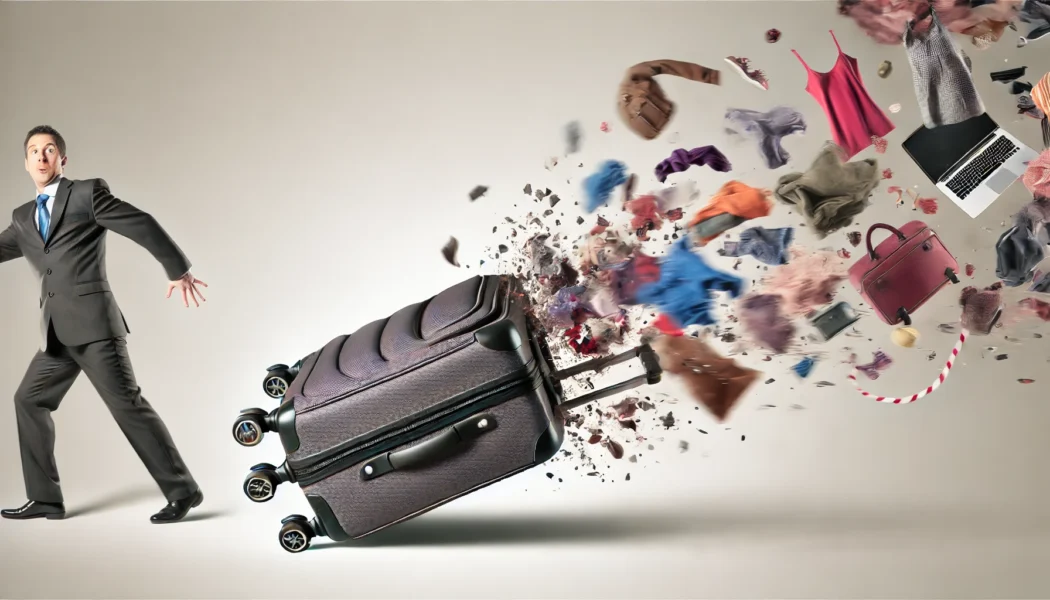
The Carry-On Luggage Bubble About to Burst
The carry-on luggage bubble has reached a tipping point. With more passengers flying than ever before, the existing system is under immense pressure.
The carry-on luggage bubble about to burst is a sign that significant changes are imminent, aiming to restore balance and efficiency to air travel.
Industry experts believe that the carry-on baggage bubble is about to pop and will trigger a series of adjustments in airline operations.
These could include the earlier changes and a potential restructuring of pricing models to make checked baggage more appealing without causing financial strain on the airlines.
Tours of London
Explore the best of London with guided tours that bring the city’s history, culture, and landmarks to life. From the majestic Tower of London to the vibrant streets of Camden, discover iconic sights and hidden gems. Perfect for first-time visitors or seasoned travelers. Start your journey today with Tours of London.
Future Outlook
Looking ahead, the carry-on baggage bubble will likely lead to innovations in luggage design, airport logistics, and airline policies.
Travelers might see new types of carry-on bags that comply with stricter regulations while maximizing space and convenience. Airports could also develop better systems for handling increased carry-on luggage efficiently.
As we approach 2026, it is evident that the carry-on baggage bubble is about to pop, prompting airlines to implement measures that could reshape how we pack and travel.
Whether these changes will lead to a burst or a gradual deflation of the bubble remains to be seen, but their impact on the travel experience will undoubtedly be significant.
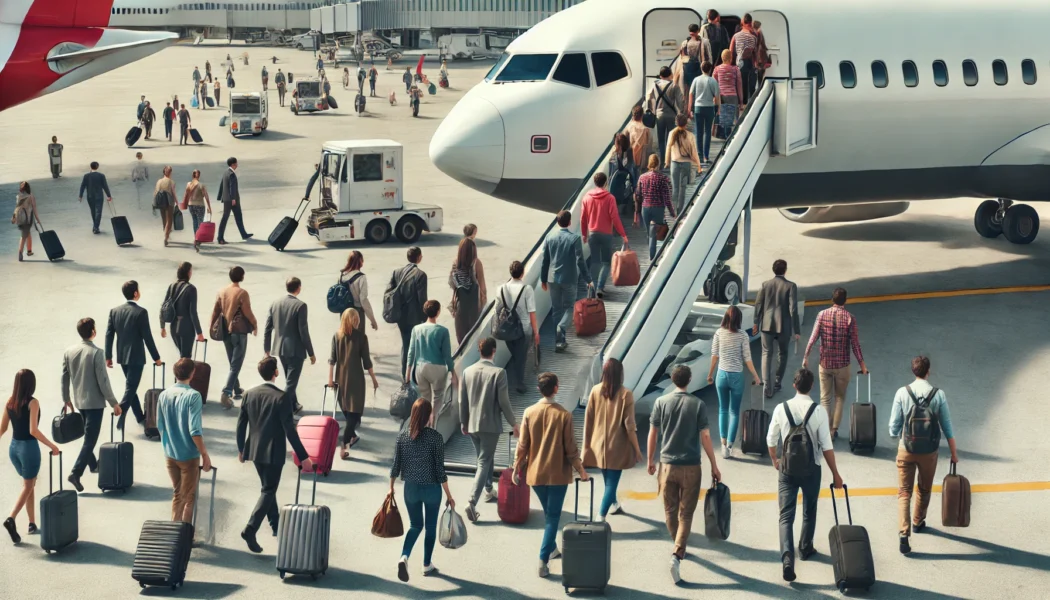
Additional Considerations
While airlines focus on solutions to burst the carry-on baggage bubble, it’s also crucial to consider the environmental impact. Increased reliance on carry-ons can lead to heavier planes, which consume more fuel.
Airlines could reduce flight weight by incentivizing checked baggage, contributing to more eco-friendly travel.
Moreover, the carry-on baggage bubble has implications for airport security. The rise in carry-on luggage means longer security lines and more thorough checks, adding to passenger inconvenience.
Streamlining baggage policies might address the overhead bin issue and enhance the overall security process at airports.
The Passenger Perspective
From a passenger perspective, the carry-on baggage bubble has created a paradox. On one hand, the convenience of having everything within reach during a flight is unparalleled.
Conversely, the stress of finding bin space and the potential conflicts with fellow passengers over limited space can be significant downsides.
As the carry-on bubble is about to pop, travelers must reassess their packing habits and possibly revert to checking-in bags, which they have avoided for so long.
Tours of Greece
Uncover the wonders of Greece with guided tours that take you through its rich history, stunning landscapes, and ancient ruins. From the iconic Acropolis in Athens to the breathtaking islands of Santorini and Crete, experience the magic of this timeless destination. Begin your Greek adventure today with Tours of Greece.
Airline Strategies and Innovations
Airlines are increasingly aware that the carry-on baggage bubble must be addressed with innovative solutions. Some airlines have already started to experiment with policies that could mitigate the issue.
For instance, offering incentives for passengers who choose to check their bags, such as reduced fees or faster check-in processes, might be effective.
Additionally, redesigning aircraft cabins to maximize available space without compromising passenger comfort is another area under exploration.
Impact on Airline Operations
The carry-on baggage bubble has far-reaching implications for airline operations. Delays caused by passengers struggling to find bin space can disrupt schedules and lead to a domino effect of delays.
The carry-on baggage bubble is about to pop, and when it does, airlines will have to implement more efficient boarding procedures and possibly stagger boarding times based on the amount of carry-on luggage.

Innovations in Luggage Design
The bursting of the carry-on baggage bubble could spur innovations in luggage design.
Manufacturers might develop new types of carry-on bags that are more space-efficient and compliant with stricter airline regulations.
Features like expandable compartments, lighter materials, and integrated tracking technology could become standard, offering travelers a better balance between convenience and compliance.
Environmental Impact
Addressing the carry-on baggage bubble can also have positive environmental implications.
Reducing the number of carry-ons can lower the aircraft’s total weight, leading to reduced fuel consumption and lower carbon emissions. Encouraging passengers to check more bags could thus contribute to more sustainable travel practices.
Security Implications
The carry-on baggage bubble also affects airport security operations. More carry-on luggage means longer security lines and more thorough checks, which can delay passengers and strain security resources.
Streamlining carry-on regulations and encouraging checked baggage could improve the efficiency of security screenings and reduce passengers’ wait times.
The Role of Technology
Technology can play a significant role in addressing the carry-on baggage bubble. Airlines might develop apps and tools to manage better carry-on luggage, such as pre-boarding bin reservations or real-time notifications about bin availability.
These innovations could help streamline the boarding process and reduce the stress of finding space for carry-ons.
Policy Changes
Governments and regulatory bodies might also step in to address the carry-on baggage bubble. Standardized regulations for carry-on sizes and weights across different airlines could help create a more consistent and predictable travel experience.
Additionally, policies encouraging public transportation to and from airports can reduce the need for large carry-ons that passengers might use to avoid checking bags .
The carry-on baggage bubble refers to the increasing reliance on carry-on luggage to avoid fees, leading to overcrowded bins and boarding delays. Will this trend continue or burst in 2026?
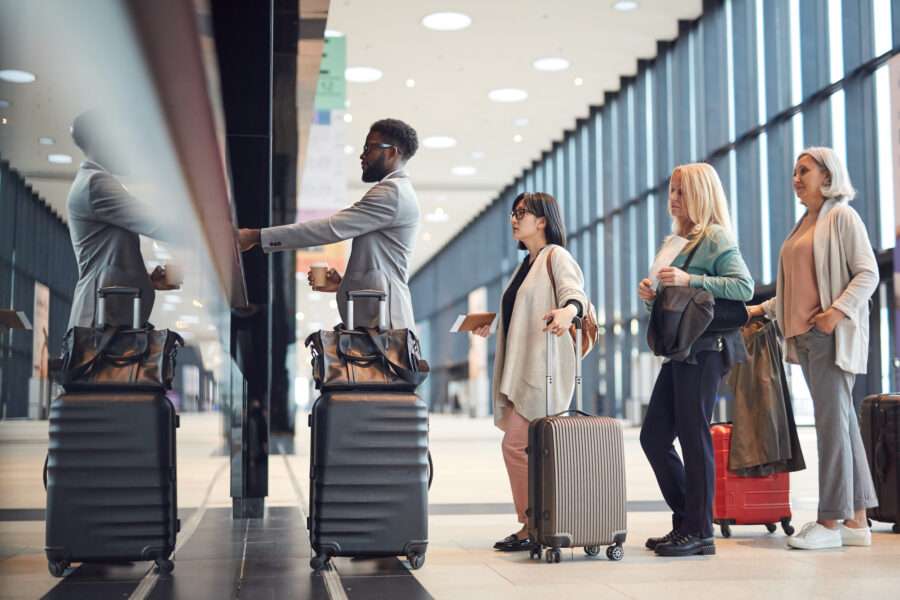
FAQs About the Carry-On Baggage Bubble
General Understanding
What is the carry-on baggage bubble? The carry-on baggage bubble describes the trend where travelers increasingly use carry-on bags to avoid fees and save time, resulting in overcrowded overhead bins and boarding delays.
What is the carry-on baggage crisis? The carry-on baggage crisis refers to the challenges faced by airlines and passengers due to the excessive use of carry-on luggage, leading to overcrowded bins, delayed boarding processes, and conflicts over limited storage space.
What is the meaning of carry-on baggage? Carry-on baggage refers to any luggage passengers can bring into the airplane cabin. This type of baggage is designed to be stored in overhead bins or under seats, providing easy access during the flight.
What is considered a carry-on bag? A carry-on bag is any luggage that fits within the airline’s size and weight restrictions and can be stowed in the overhead bin or under the seat. It usually includes small suitcases, backpacks, and duffel bags.
What baggage is allowed as a carry-on? Allowed carry-on baggage includes items that meet the airline’s size and weight restrictions. Examples include small suitcases, backpacks, and personal items like purses and laptop bags. Airlines often have specific dimensions and weight limits for these items.
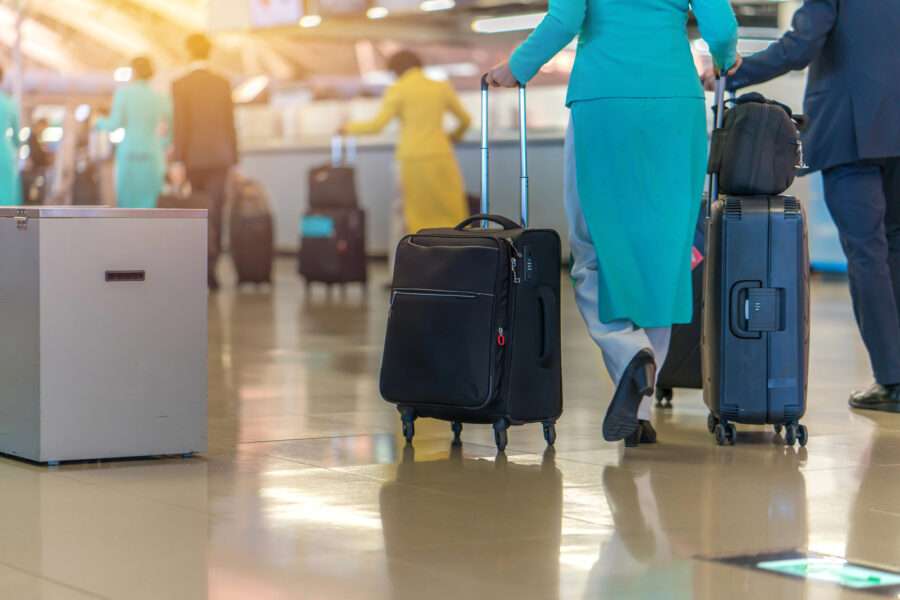
Causes and Growth
Why has the carry-on baggage bubble grown? The carry-on baggage bubble has grown due to airlines charging for checked bags, leading passengers to use carry-ons to save money. This trend started post-2008 financial crisis and has continued to rise.
How did carry-on luggage become such a nightmare? Carry-on luggage became problematic due to increasing baggage fees for checked luggage, leading more passengers to bring carry-ons to save money. This trend resulted in overcrowded overhead bins and longer boarding times, complicating the boarding process.
What economic pressures contribute to the carry-on baggage bubble? Economic pressures include high baggage fee revenues for airlines and the need to reduce boarding times to maintain flight schedules and operational efficiency.
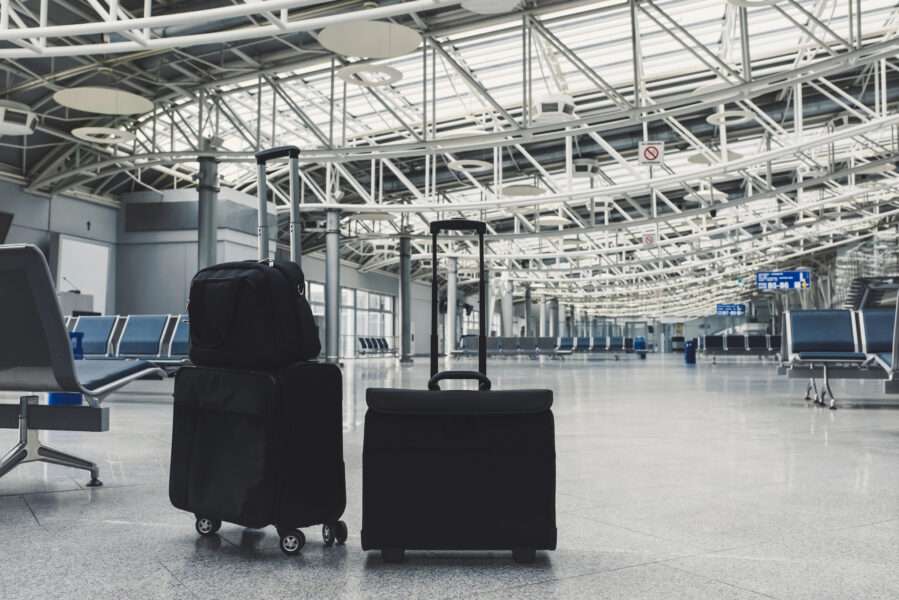
Solutions and Innovations
How do airlines plan to address the carry-on baggage bubble? Airlines plan to address the carry-on baggage bubble by implementing stricter carry-on size regulations, limiting the number of carry-on items, and redesigning overhead bins to maximize space.
How might technology help solve the carry-on baggage bubble issue? Technology could help address the carry-on baggage bubble by offering pre-boarding bin reservations, real-time bin availability notifications, and streamlined boarding processes through airline apps and tools.
What innovations in luggage design are expected due to the carry-on baggage bubble? Innovations may include more space-efficient carry-ons, expandable compartments, lighter materials, and integrated tracking technology to comply with stricter airline regulations and enhance traveler convenience.
Impacts and Regulations
How does the carry-on baggage bubble impact travelers? The carry-on baggage bubble impacts travelers by causing crowded overhead bins, longer boarding times, and potential conflicts over space. New regulations might require changes in packing strategies.
How does the carry-on baggage bubble affect airport security? The carry-on baggage bubble leads to longer security lines and more thorough checks, straining security resources. Streamlined carry-on regulations and promoting checked baggage could improve security efficiency.
What role do government policies play in addressing the carry-on baggage bubble? Government policies can standardize carry-on size and weight regulations across airlines, create consistent travel experiences, and encourage public transportation to reduce the need for large carry-ons.
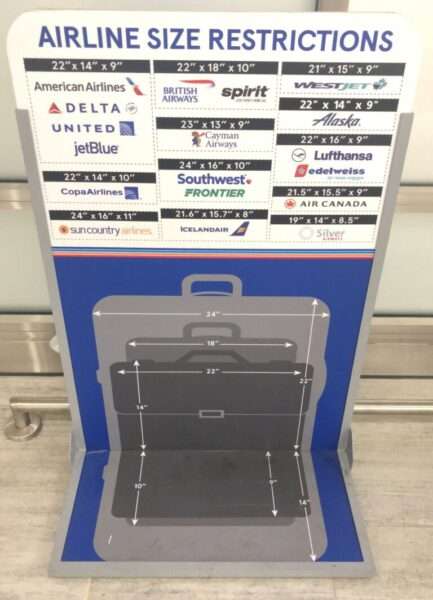
Rules and Restrictions
What is the rule for carry-on luggage? The rule for carry-on luggage generally includes the airline’s size and weight restrictions. Typically, carry-on bags must fit in the overhead bin or under the seat and adhere to specific dimensions and weight limits, such as 22 x 14 x 9 inches.
What is unacceptable for carry-on luggage? Prohibited items include hazardous materials, sharp objects, and large liquids or gels exceeding TSA limits. Always check specific airline guidelines before packing.
What happens if your luggage is too big for carry-on? If your luggage is too big for carry-on, you must check it, often at an additional cost. The airline staff will usually identify oversized bags and redirect them to the cargo hold during the boarding process.
Are airlines cracking down on carry-ons? Yes, airlines are increasingly cracking down on carry-ons by enforcing stricter size and weight limits, charging additional fees for oversized items, and limiting the number of carry-on bags allowed per passenger to better manage overhead bin space.
Compensation and Policies
Do airlines ever pay for damaged luggage? Yes, airlines typically compensate for damaged luggage. Passengers need to report the damage immediately upon arrival. Compensation policies vary by airline, but they generally cover repair costs or offer reimbursement for the value of the damaged items.

Will the Carry On Baggage Bubble Burst in 2026?
The carry-on baggage bubble presents significant challenges for both travelers and airlines, from overcrowded bins to longer boarding times.
Addressing this issue requires innovative solutions, stricter regulations, and cooperative efforts from all stakeholders to ensure a more efficient and pleasant travel experience.
It’s crucial to find balance without resorting to higher prices, additional fees, or unmanageable size reductions of carry-on luggage.

Sandra mixes her travel know-how with her passion for books, gaining deep insights into different cultures and people. Her global adventures add a personal touch to her reviews, making them relatable in areas like travel, relationships, and personal growth.


